CREATE/DESTROY: Managing natural habitats in the shadow of environmental uncertainty.
The project began at the start of July 2007. The initial point of reference for the project was an interest in the difficulties and challenges facing land managers involved in traditional land management in an age of climate change and how this will effect this practice in the future.
The site: Penrose estate near Helston, Cornwall.
This project takes place in a woodland comprised mainly of Ash, Chestnut Turkey Oak, Monterey pine, Beech and Sycamore. The National Trust manages the plantation a variety of purposes. It is managed as an amenity resource - horse trials - and as a shelter belt and screen for the estate park land. More recently it has also become a source of low carbon fuel for the woodchip boiler that heats the offices and small number of holiday cottages on the estate. It has no permanent public access. Recent educational initiatives with Helston School have taken place here also. These have focussed on the role of traditional woodland management in the practices used by the National Trust. The plantation, planted almost 25 years ago, has been periodically thinned to weed out diseased or poor specimens to allow more light into the woodland, enabling better growth for those trees remaining. The felled timber, which has mainly been used for logs, is now removed from the woodland and dry stored until ready to be converted into woodchips by a tractor mounted chipper.
CREATE/DESTROY focuses on principles of traditional woodland management to create a durational performative artwork that contributes to the discourse surrounding the future management of the landscape. For the project the destruction of approximately 40 Ash and Chestnut trees took place by ring barking. It is intended that they will now be left to decay in situ eventually providing an important habitat for invertebrates and bird species that colonise decaying timber and help reduce the impact of strong winds on the remaining trees. However, given the building pressure [in respect of climate change] on natural resources now and in the coming decades, and the necessity to produce low carbon energy how long can this dead standing, ecologically beneficial art work be left in place before it is deemed more useful to fell it and turn it into bio fuel? Nature conservation, amenity, carbon sink or bio fuel? So what for the future?
skip to main |
skip to sidebar
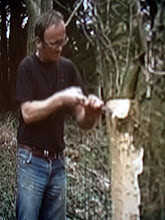
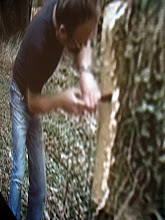
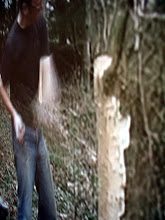
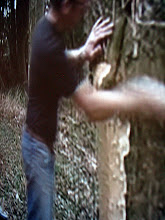
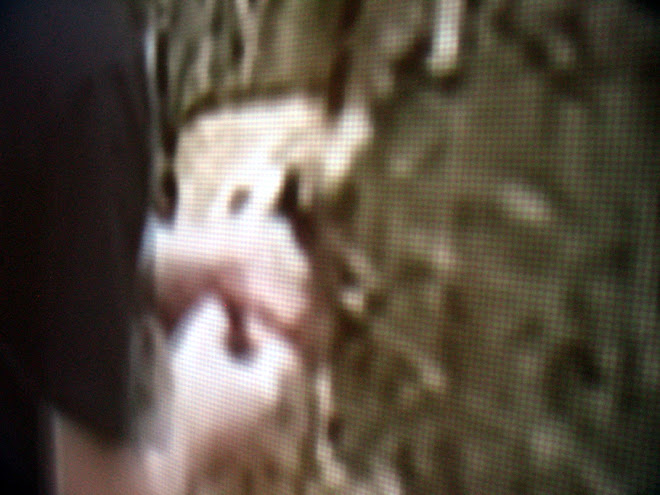
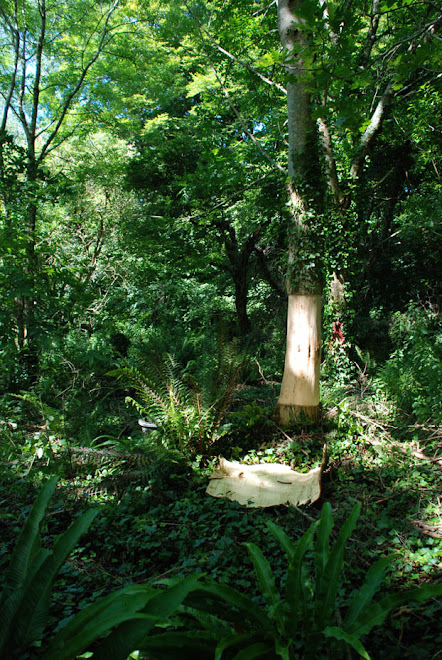
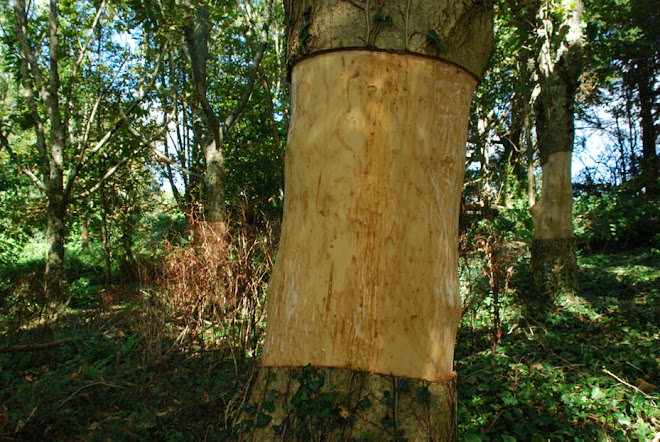
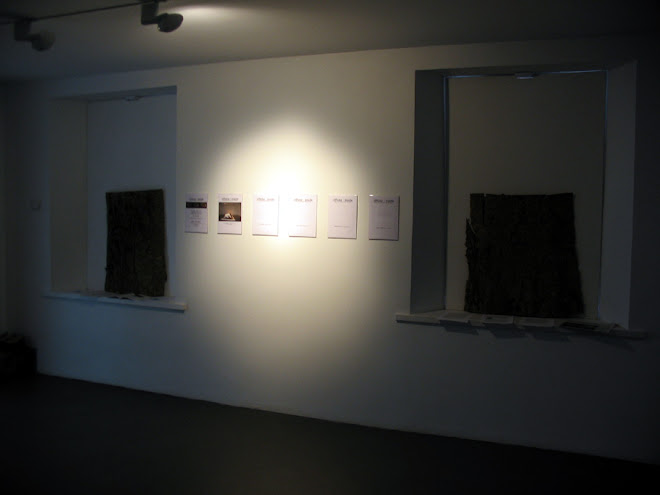
NEWLYN ART GALLERY 2008
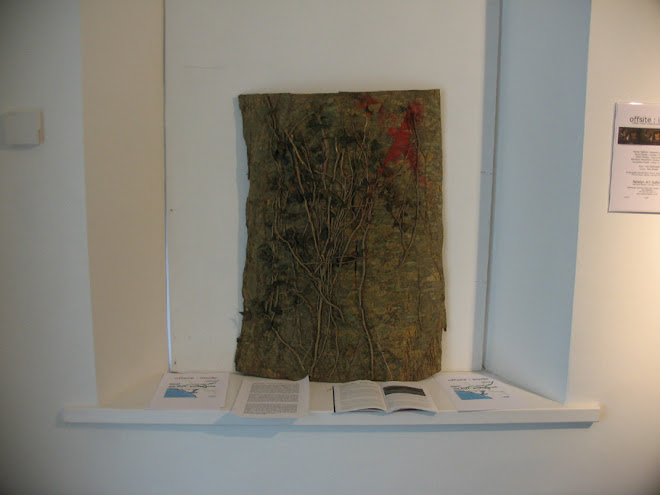
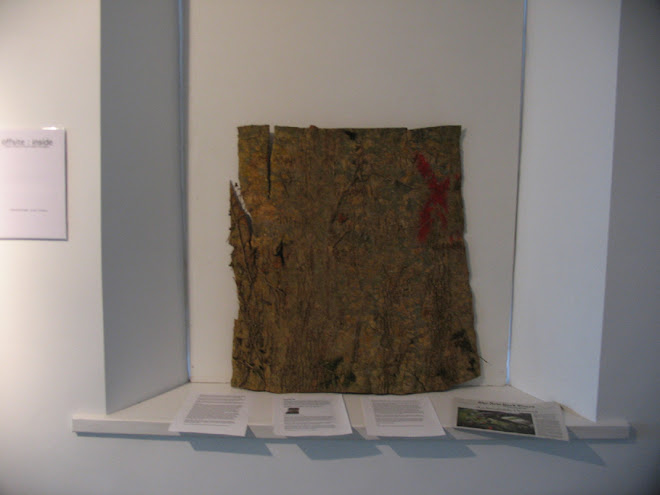
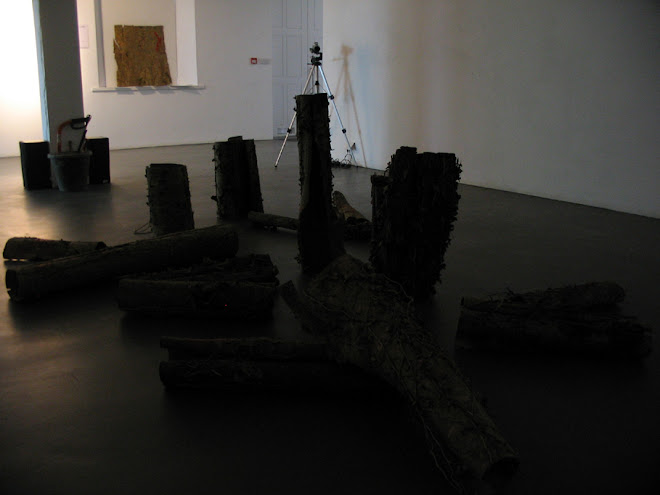
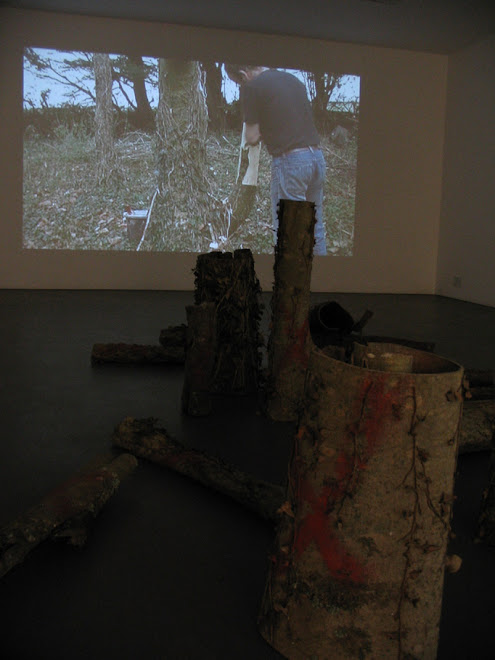
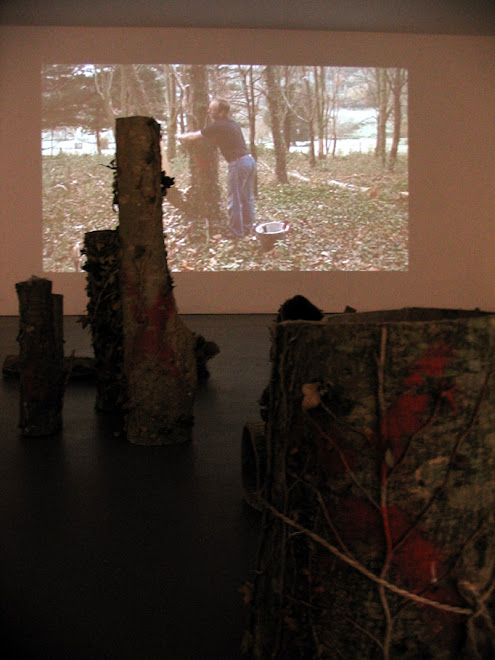
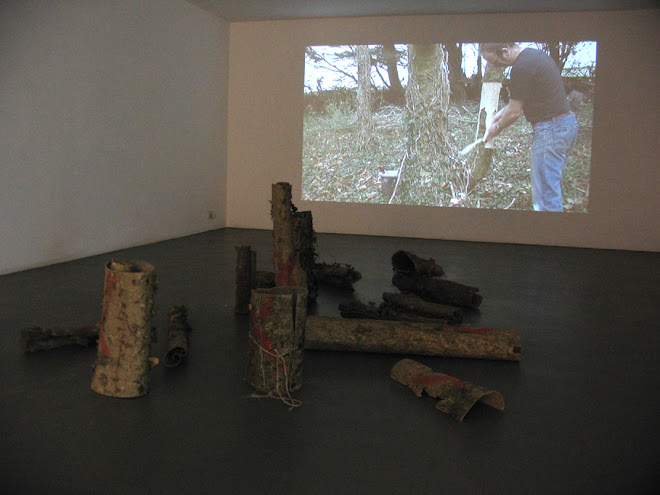
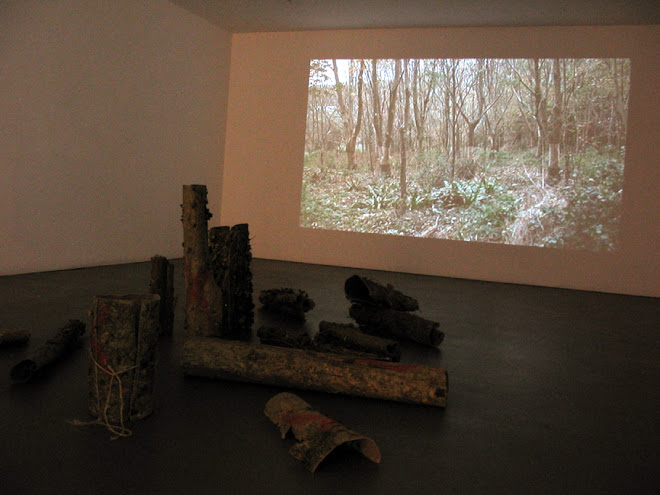
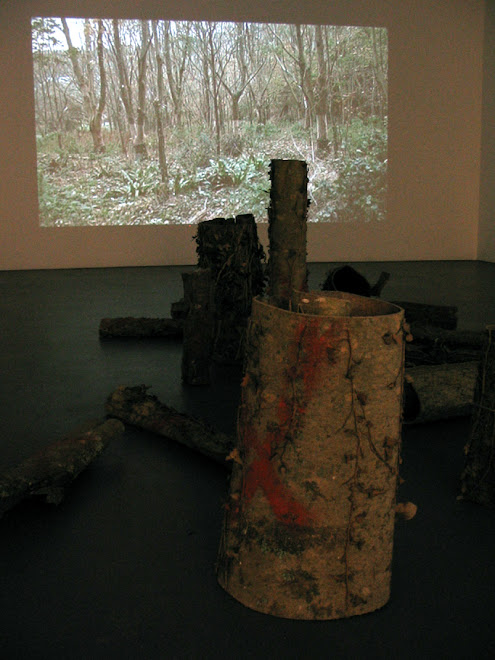
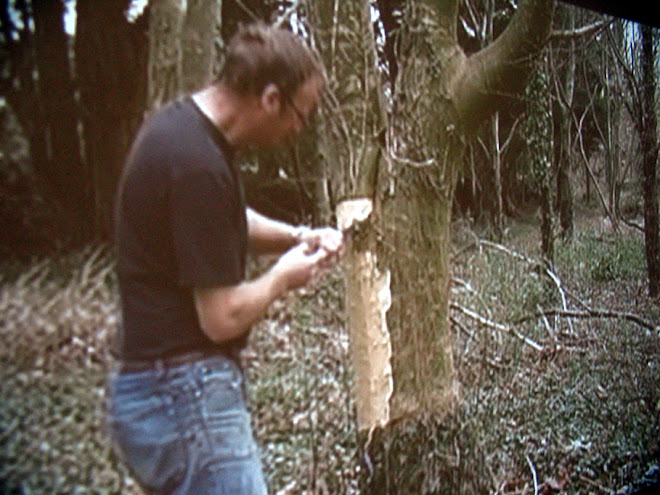
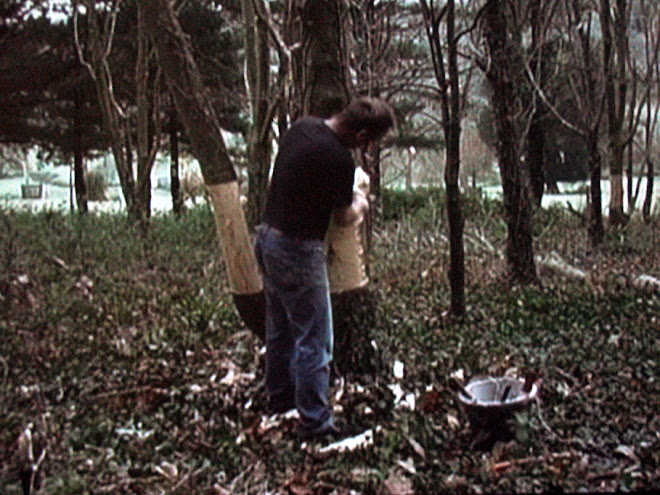
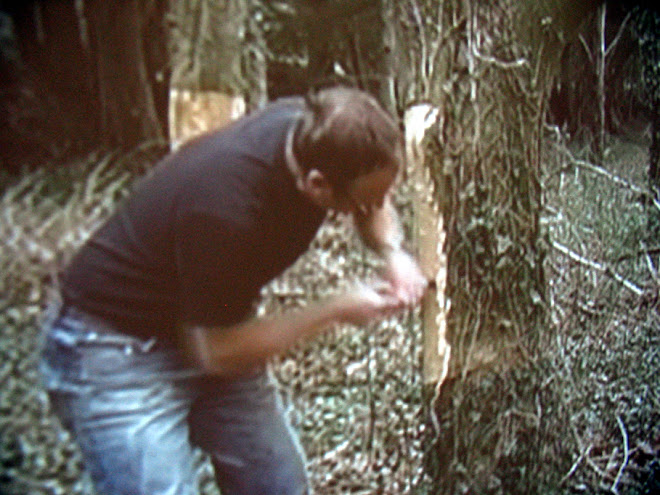
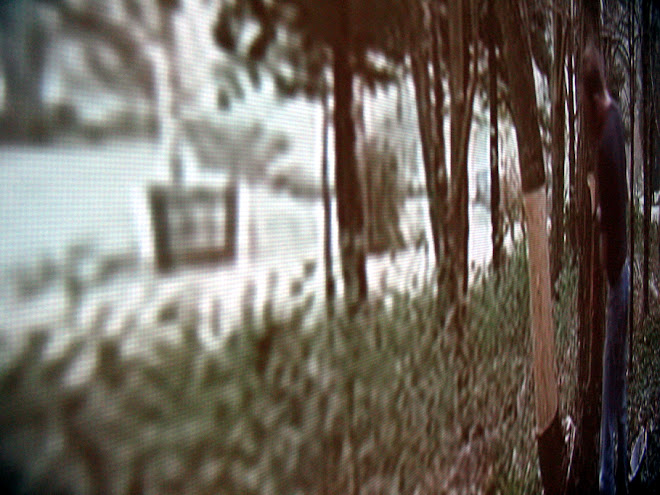
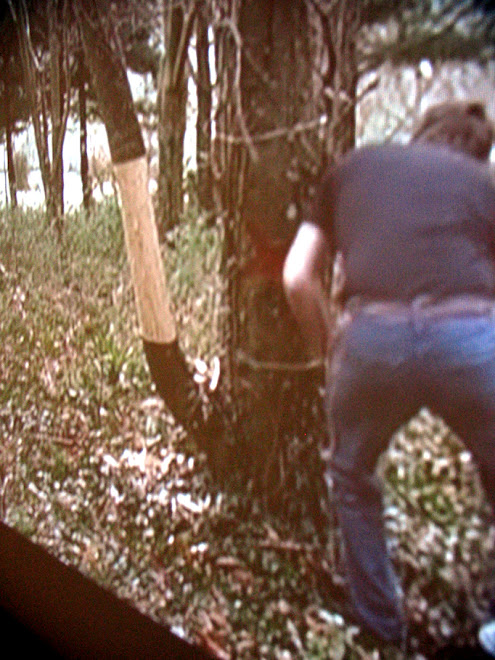
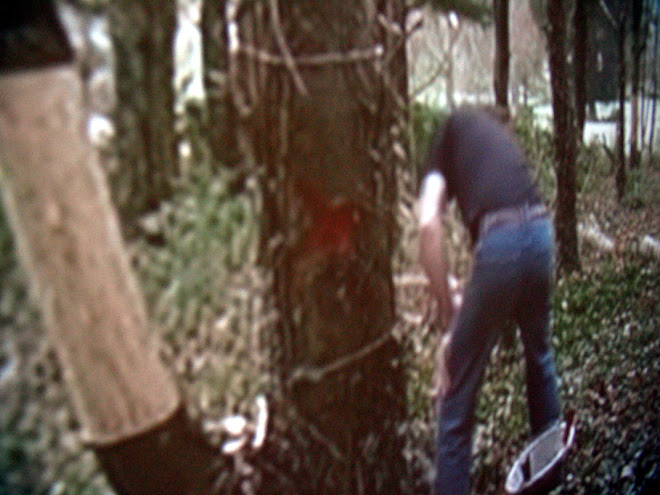
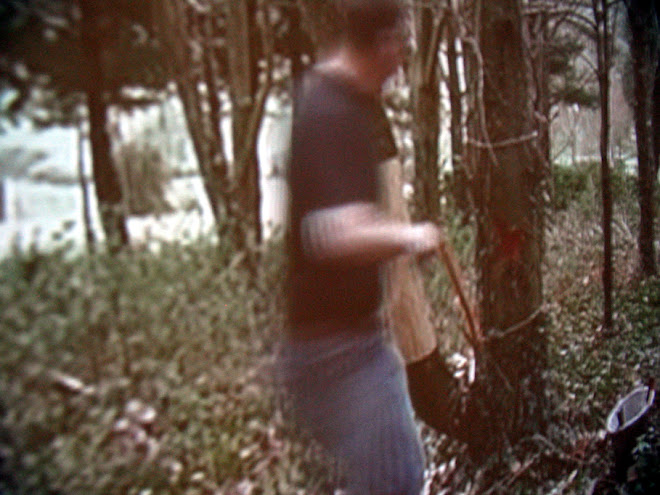
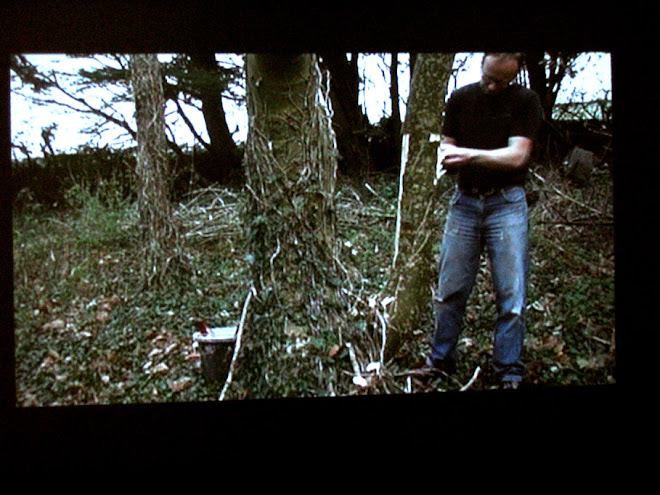
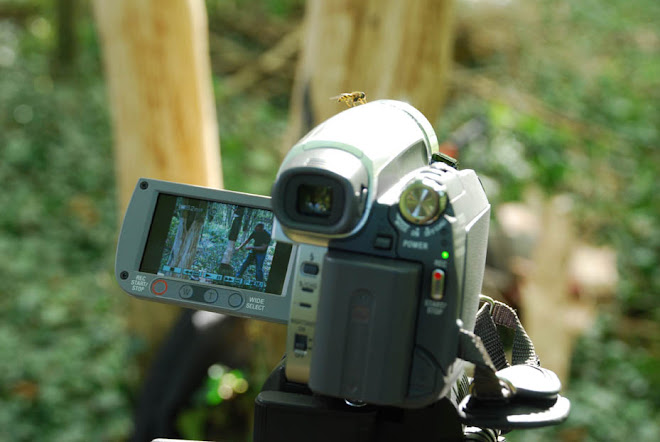
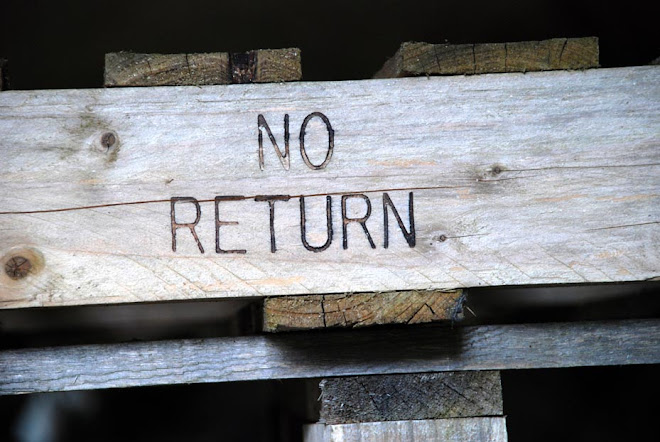
CREATE/DESTROY
This durational and performative project is a visual re-evaluation of landscape management lying under the shadow of environmental uncertainty [climate change]. It is an interaction between manager, resource and artist using active site specific intervention as a tool for developing a multiple of visual interactions. The work resulting from this process aims to engage with the challenges that are effecting the implementation of ancient, traditional and sustainable processes in the contemporary management of the landscape and its resources.





Penrose, July 2007


OFFSITE: INSIDE

NEWLYN ART GALLERY 2008








Photo record of a video presentation of the project for Offsite: Inside curated by S








self portrait

non returnable
